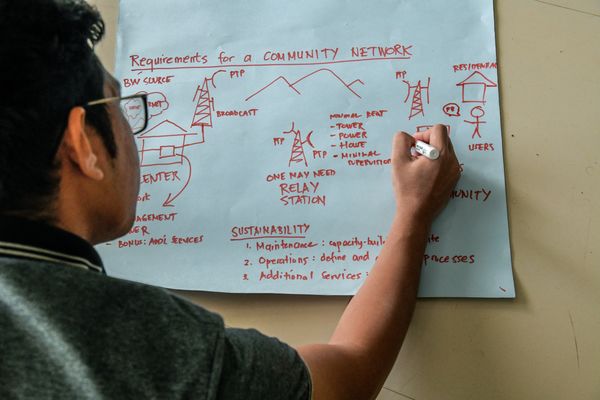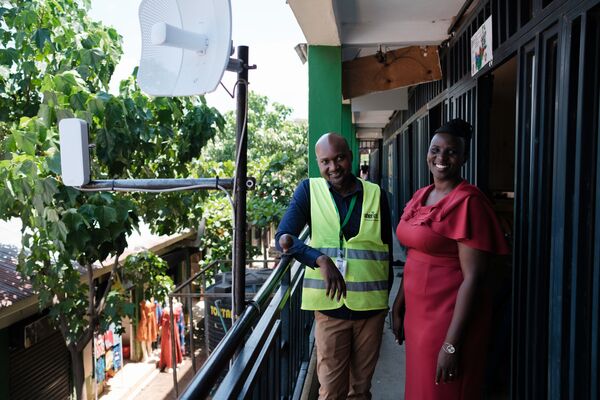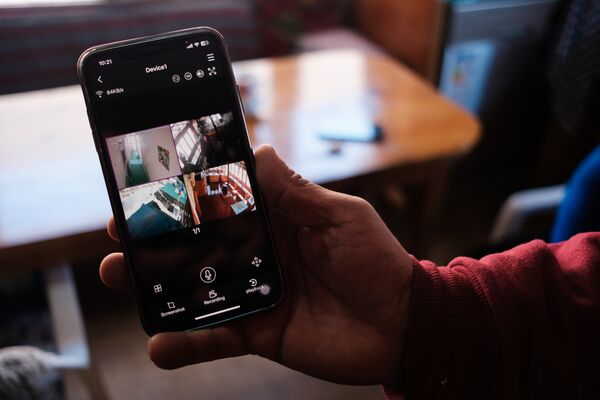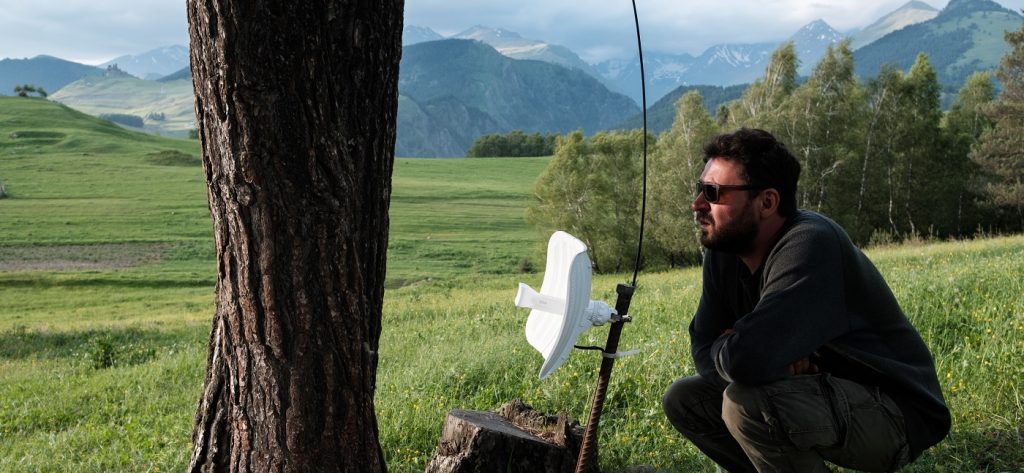How do you connect your network to the Internet? How do your users connect to your network?
Now the fun stuff: what technology do you deploy? Unfortunately, there is no single technology solution that will work best for every community network. Each network design will be unique to the community’s specific geographic, economic, and regulatory constraints and needs. The backhaul portion connects the network to the national backbone infrastructure, while the local access portion actually connects individual users. Technology choices require balancing factors like the regulatory framework, costs, the skills required, local availability of equipment, licensing restrictions, and more.
Key Points
- You will need to research and choose what technology you use for users to access your system – and what technology you will use to connect to the rest of the Internet.
- Local access is usually provided by either WiFi or cellular technologies.
- “Backhaul” to the public Internet may take many forms, including fiber optic cables, wireless antennas, microwave connections, and satellite systems.
- The available power supply options significantly affect the feasibility of different technology options as well.
- You need to consider the resilience of your system in the face of power outages or weather events.
Take Action

Identify the technology (type and available brands) required to deliver the desired services.

Identify the available backhaul options, sources, and services.

Undertake an initial design of the network (technical and deployment rights).
Learn More
- Community Network Readiness Handbook sections on “Network Technical Considerations”
- Setting Up Wireless Networks: A Course for Barefoot Wireless Engineers (OAsis, Commonwealth of Learning)
- Solutions for Traffic Backhaul in Community Networks
- Online Training Courses:
We want your feedback!
Did you find this toolkit useful, or have suggestions on how we can improve it?
Let us know and help communities connect to the Internet.
Image copyrights:
© Atul Loke, © Atul Loke, © Nyani Quarmyne, © Nyani Quarmyne
